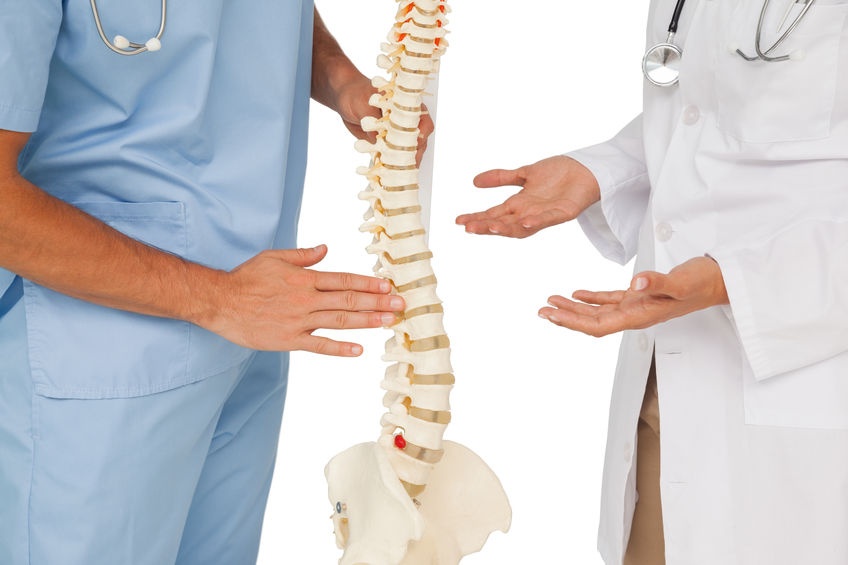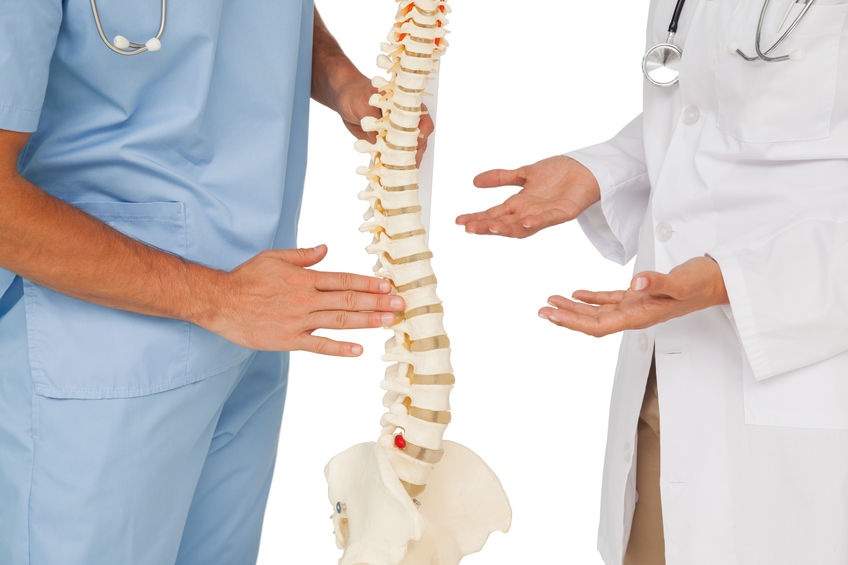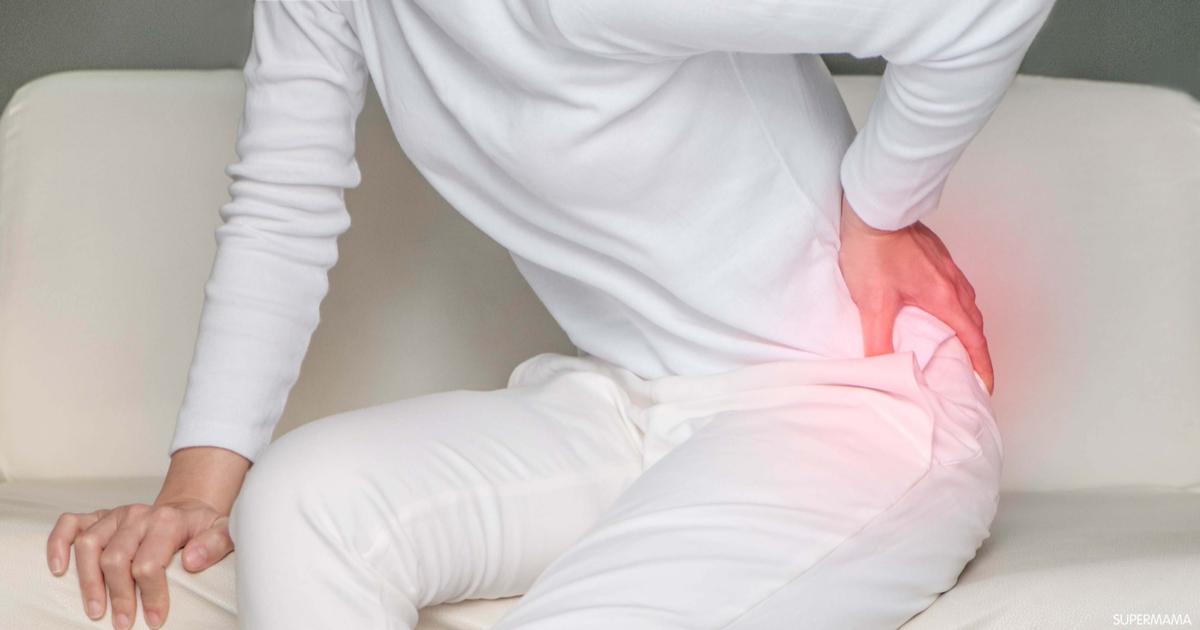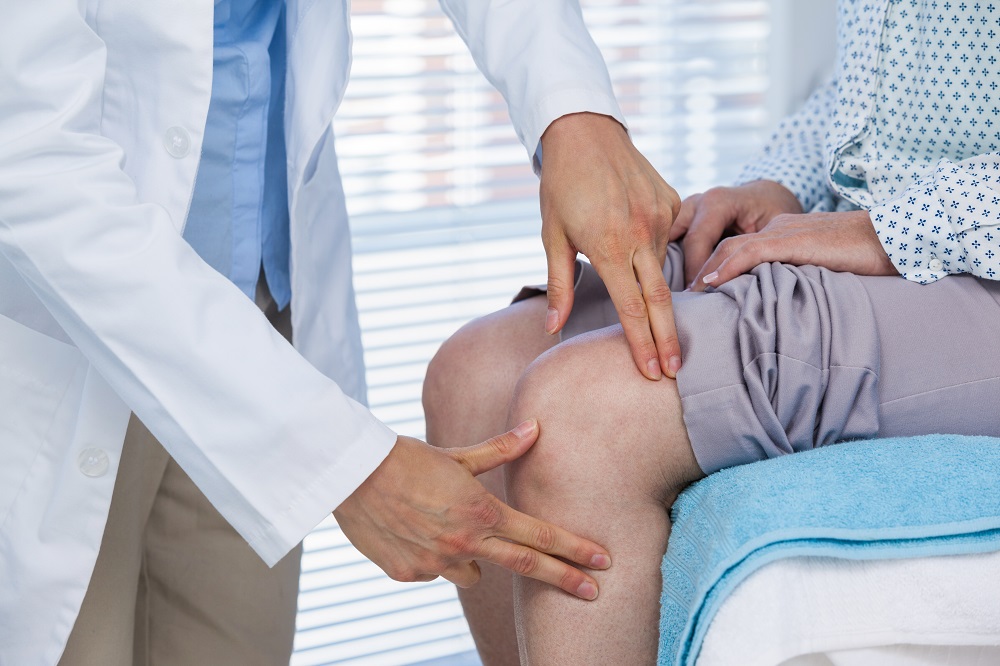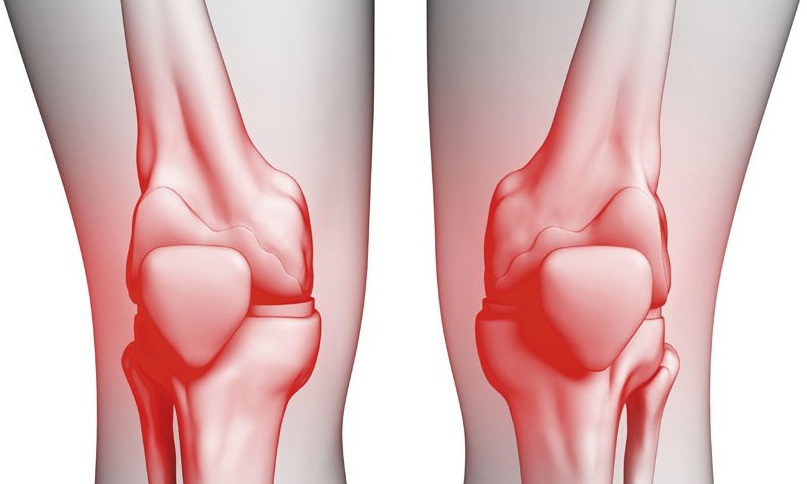Most Important Foot Exercises After Cast Removal and the Benefits of Physical Therapy!
Foot Exercises After Plaster Cast There is no doubt that plaster casts provide great benefits for people suffering from bone fractures, but the process does not stop at just getting a cast, but it is also necessary to practice some exercises and physical therapy, which is what we will learn about in more detail through the following article that deals with foot exercises and the changes that occur in the foot after the plaster cast, so follow us.

Foot Exercises After Plaster Cast
Foot exercises after a plaster cast are an important part of the recovery process after removing the medical cast. These exercises aim to restore ankle mobility and strengthen the surrounding muscles. By performing these exercises regularly, you can improve movement and stability in your foot and successfully return to daily activity and sports, including the following:
Range of Motion Exercises
- Draw the alphabet with your toe: Draw the letters with your toe in the air by moving your ankle. This exercise helps to enhance ankle movement in all directions and strengthen the muscles.
- Draw the alphabet with the other foot as well. Additionally, Dr. Amr Amal, an orthopedic specialist, emphasizes the importance of complementary exercises to strengthen the muscles after getting rid of the cast. Strengthening the muscles plays a major role in restoring the movement of the limb affected by a fracture or injury.
Foot Exercises After Plaster Cast
- Plyometric exercises: Plyometric exercises such as jumping can help in returning to sports after an ankle fracture. If you participate in high-impact sports, the physiotherapist may provide strengthening exercises to help regain muscle control and stability around the ankle joint.
- Muligan manual therapy: Muligan manual therapy helps to mobilize the foot joint and increase the range of motion. Manual therapy is an essential part of recovery and can be performed by a qualified physiotherapist.
- Therapeutic exercises: Therapeutic exercises contribute to restoring normal foot movement after the cast. A physiotherapist can provide you with appropriate exercises based on your individual condition to enhance foot movement and strengthen the surrounding muscles.
Before doing any exercises, you should consult your doctor or therapist to determine the most suitable program for your individual condition. Do not perform any exercises that may cause further harm to the injured foot. If you experience severe pain or difficulty in movement, you should stop immediately and consult your doctor. You can enjoy a complete life without pain and problems with foot treatment after a plaster cast from Dr. Amr Amal.
For more information related to bone fracture surgeries, you can learn about it here.
Change in Foot Color After Plaster Cast
The phenomenon of a change in foot color after removing the plaster cast is a concern for many people who undergo cast immobilization for an extended period. After removing the cast, it may be observed that there is a change in the skin color surrounding the affected foot, which can cause concern and questions about the underlying causes of this change.
When the cast is wrapped around the foot, there is a reduction in blood distribution to the affected area, leading to a change in the amount of oxygen and nutrients reaching the tissues. Additionally, this change in skin color can be due to the constant pressure on the blood vessels, affecting blood flow and causing the formation of dark areas or skin color changes.
Furthermore, the different skin color after the cast may result from other factors such as skin infections or swelling from the injury. If the foot remains swollen and inflamed after removing the cast, it is advisable to consult a doctor to assess the condition and identify potential causes for the persistent swelling and skin color change.
It is crucial to exercise caution and not ignore any unusual symptoms after removing the cast, as they may indicate an underlying health issue. It should be noted that accurate diagnosis requires direct medical examination and consultation with medical experts in this regard.
Swelling of the Foot After Plaster Cast
The phenomenon of foot swelling after removing the cast is very common and can occur after the bones are exposed to fractures or injuries. This swelling is caused by several factors, ranging from lack of movement and blood accumulation in the foot to the effect of swelling on the lymphatic circulation. For more details on ankle swelling, click here.
After showing improvement in bone healing and stabilization of the patient’s condition, the cast is removed. After that, the patient should be aware that mild swelling in the foot is normal and not a cause for concern. To address this swelling, the patient can wear a compression stocking and elevate the foot upon waking up. The patient is also advised to undergo physical therapy to improve muscle and joint movement.
Physical therapy involves taking anti-inflammatory and anti-swelling medications prescribed by the doctor, such as paracetamol and ibuprofen. Additionally, the doctor may recommend applying ice packs to the foot to reduce inflammation.
It is important for the patient to understand that swelling and pain may continue for some time, especially if the injury involves a fracture or ligament tear. Therefore, the patient must be patient and comply with the doctor’s instructions, closely monitoring their health condition.
If symptoms persist or worsen, it is advisable to visit the doctor for consultation and evaluation. The patient may require additional procedures, such as bone scans or additional physical therapy sessions, to ensure bone healing and improve foot health. Here is Dr. Amr Amal: the expert in providing solutions for foot problems after plaster casts.
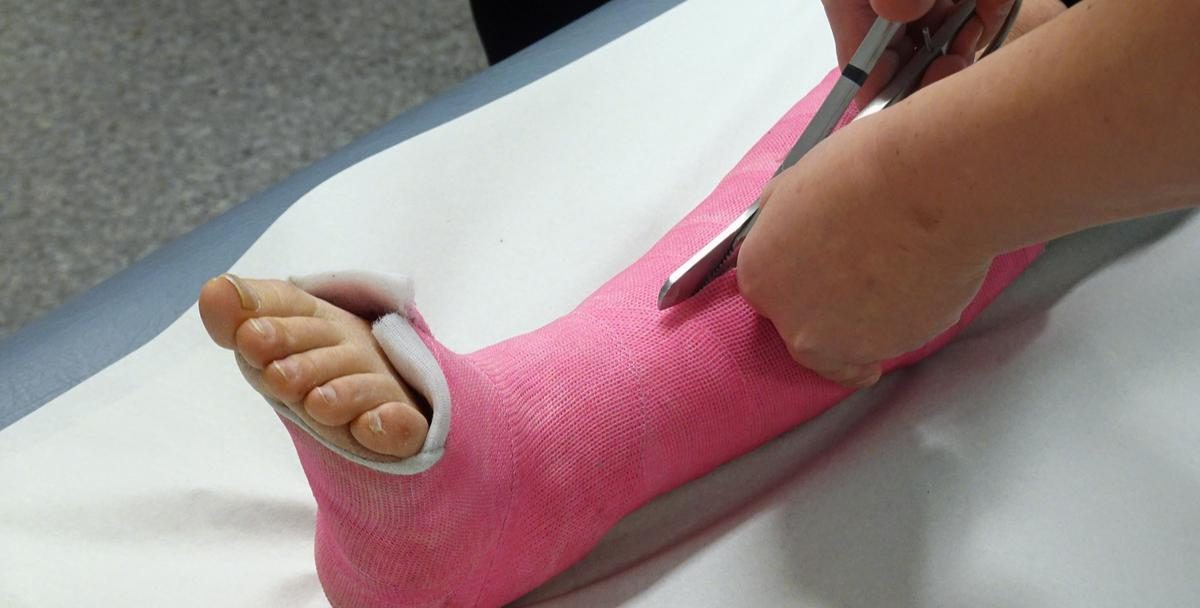
Limping After Plaster Cast
After removing the cast, patients may experience a condition known as “limping,” which is a common and temporary condition that occurs due to several factors. Limping is the inability to walk properly or an unbalanced gait after removing the cast for a fracture in the leg or foot.
One of the main causes of limping after a cast is weakness in the muscles surrounding the affected area due to lack of use for an extended period during the cast-wearing period. The muscles can become stiff and weak after the immobilization period, leading to difficulty in movement and walking.
After removing the cast, limping is considered normal and may continue for a few weeks until the muscles regain their strength and flexibility. Limping may be accompanied by some mild pain or discomfort in the bones and joints, but over time, the pain gradually disappears, and performance and walking improve.
To overcome limping and improve walking ability, it is recommended to visit a physical therapist. Experts will assess the condition and determine the appropriate exercises and training to strengthen the muscles, improve balance, and increase ankle joint stability. The rehabilitation process may take several weeks for complete improvement, but with perseverance and regular training, the ability to walk normally and stably after the cast can be restored.
Importance of Physical Therapy for the Foot After Plaster Cast
Physical therapy after removing the cast from the foot plays a crucial role in facilitating and enhancing the recovery process. In this article, we will explore the importance of physical therapy for the foot after a plaster cast, which includes the following:
- Enhancing mobility and walking ability: Physical therapy helps restore muscle strength and joint movement in the affected foot. Through a variety of exercises and techniques, the physical therapist works to improve walking ability and movement without pain or tension.
- Improving balance: Loss of balance and stability is a common problem after removing the cast. Physical therapy provides specific exercises to improve balance and stability, helping to strengthen the muscles surrounding the foot and enhance stability during walking and daily activities.
- Preventing stiffness and complete recovery: Physical therapy sessions after the cast help prevent stiffness and weakness in the foot muscles and joints. The therapist stimulates movement, stretching, and strengthening of the important muscles for walking and movement, thereby contributing to complete foot recovery and avoiding potential complications.
- Reducing pain and swelling: Physical therapy provides techniques and exercises to alleviate pain and swelling after removing the cast. Manual therapy techniques such as massage, cold packs, and warm packs can be used to relieve pain and promote healing of the injured tissues.
- Improving strength and flexibility: The physical therapist provides exercises to strengthen the muscles and increase flexibility in the affected foot. By improving strength and flexibility, the individual can regain their full ability to perform daily activities and engage in sports without restrictions.
Duration of Physical Therapy for the Foot After Plaster Cast
Physical therapy is essential for regaining movement and strength in the foot after removing the cast. It is recommended to begin physical therapy sessions after a suitable amount of healing has occurred, usually after 6-8 weeks of cast removal. The healthcare provider will assess the patient’s condition and determine when physical therapy should be performed.
Physical therapy for the foot after a cast includes a variety of techniques and exercises aimed at restoring normal foot movement and strengthening the surrounding muscles. The therapist may implement strengthening exercises for weakened muscles and improve balance and stability in the ankle joint. The success of physical therapy depends on the patient’s commitment and the progress made in improving their condition.
It is important to note that physical therapy for the foot after a cast varies from case to case, as the therapeutic program is designed according to the patient’s needs, the severity of the injury, and the individual’s response. Therefore, it is advisable to consult a specialized rehabilitation therapist to assess the condition and develop a suitable treatment program for the patient’s needs. You can enjoy comfort and well-being after recovering from the foot after a plaster cast with Dr. Amr Amal.
Can You Walk After Removing the Plaster Cast?
After a long period of wearing a cast for a leg fracture, it is natural for a person to experience difficulty walking after the cast is removed. The cast immobilization is necessary for a specific period to ensure proper bone healing, but complete recovery requires some time and adjustment. This depends on various factors such as the nature of the fracture, its duration, and the patient’s compliance with the doctor’s instructions.
One of the main reasons for difficulty walking after cast removal is muscle weakness surrounding the affected area. When the foot is in a cast, the muscles gradually atrophy due to lack of use, resulting in muscle spasms and temporary muscle wasting after the recovery period. Therefore, the patient must rehabilitate the affected muscles through specific exercises to regain normal strength and movement.
If you would like to learn more details related to wearing a cast shoe, you can read this article.
Does the Foot Return to Normal After a Fracture?
After sustaining a foot fracture, many people are concerned about the possibility of the foot returning to its normal condition. Although it may take some time, the foot is capable of returning to its normal function after a fracture.
The bone healing process is a crucial step in restoring the foot’s health. It is essential for the individual to follow medical advice and guidelines to ensure satisfactory results. A physiotherapist can play a vital role in guiding and training the patient on the necessary exercises and movements to restore foot function, improve strength, and enhance movement in the muscles surrounding the fracture.
There are also certain measures that can be taken to accelerate the fracture healing process. For example, following a healthy diet rich in essential nutrients for promoting healing, such as legumes and soy products, can be beneficial. Studies emphasize that consuming adequate amounts of protein contributes to bone growth and strengthening.
Despite implementing the correct procedures, the time required for fracture healing and the foot’s return to normal function may vary depending on the type and complexity of the fracture. Simple fractures may take 6 to 8 weeks for complete healing, while complex fractures may require 12 to 18 months or more.
In general, the foot can return to its normal condition after a fracture if the medical team’s instructions are followed, and the necessary exercises are practiced. It is also crucial to maintain ongoing communication with the physiotherapist to ensure that the fracture healing process is progressing correctly and without complications. You can enjoy comfort and well-being after foot recovery after a plaster cast with Dr. Amr Amal.
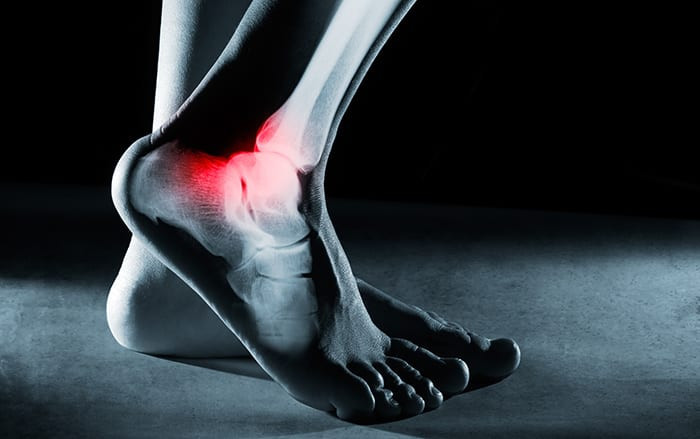
Best Bone Doctor for Treating Foot Fractures
Dr. Amr Amal is considered one of the best doctors in Egypt in the field of orthopedic surgery. Dr. Amr has an excellent reputation and an extensive track record in diagnosing and treating bone injuries, particularly foot fractures.
His vast experience and high proficiency in this field have made him one of the most sought-after and trusted doctors in Egypt. Dr. Amr Amal currently works as a consultant in orthopedic surgery and joints at Ain Shams University, where he provides consultancy and surgical services to patients suffering from bone problems.
Dr. Amr Amal obtained his Ph.D. in orthopedic surgery from Ain Shams University, with honors and distinction. Dr. Amr is also an associate member of the Egyptian Orthopedic Association, reflecting his dedication to continuous development of his skills and knowledge in this important field.
Dr. Amr Amal’s services are renowned for their excellence and comprehensiveness in treating bone and joint problems. The doctor provides accurate diagnosis and effective treatment for bone injuries, ranging from simple foot fractures to complete joint replacement, contributing to the restoration of the patient’s movement and well-being.
Dr. Amr Amal is an expert in modern treatment for foot fractures, utilizing advanced techniques and equipment to ensure the best possible outcomes for patients. Thanks to his technical skills and extensive experience, Dr. Amr has a successful treatment record and rapid recovery for patients suffering from foot fractures.
As one of the leading orthopedists in Egypt, Dr. Amr Amal relies on medical innovation and continuous research to provide the best medical services to patients suffering from bone problems. His commitment to educating and raising awareness among patients about bone care enhances his reputation as one of the best doctors in his field.
Dr. Amr Amal is the ideal choice for those seeking a reliable and professional medical platform for treating foot fractures and bone problems. His outstanding services provide confidence and comfort to patients, while adhering to the highest standards of medical quality.

